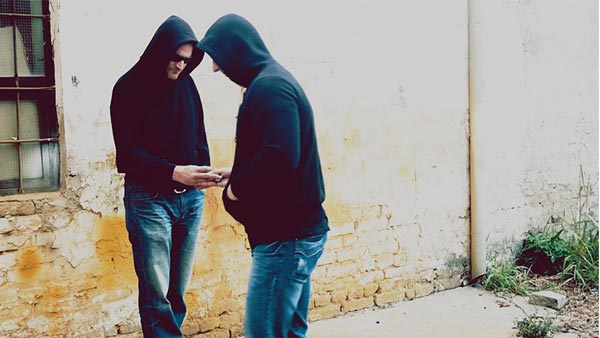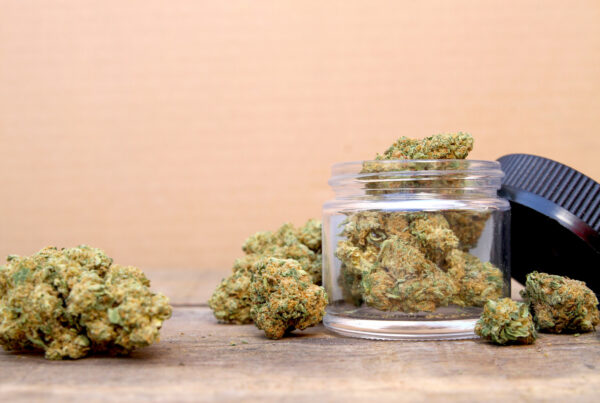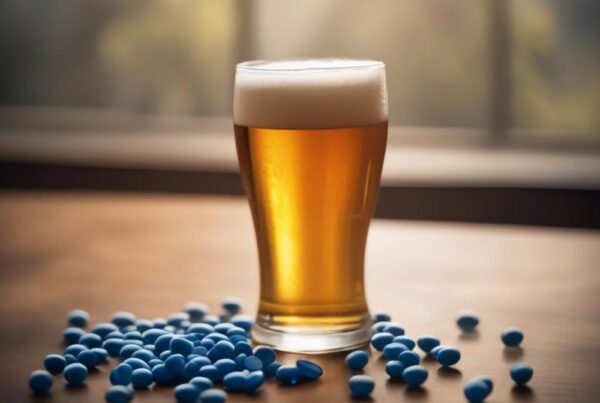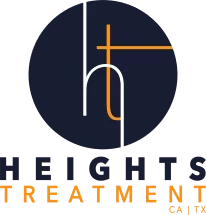Table of Contents
Key Points
- Heroin is an illegal substance that derives from morphine.
- Illegal drug users and dealers use street names as code to avoid detection from authorities.
- H, Junk, Smack, Thunder, Tar, China White, Cheese, and Dust are all street names used for heroin.
- Treatment options for heroin addiction include detoxification, inpatient and outpatient care, 12-step programs and medication-assisted treatment (MAT)
What Exactly Is Heroin?
Heroin is an illegal drug derived from morphine[1], a substance found in the opium poppy. It acts as a central nervous system depressant, slowing down body and brain functions.
Heroin is often sold as a white or brown powder or as “black tar” heroin, a sticky black substance. When ingested, it quickly binds to opioid receptors in the brain, producing euphoria, relaxation, and pain relief.
However, these effects are short-lived, followed by sedation, disorientation, and physical symptoms[2] such as slowed breathing, constricted pupils, and decreased respiratory function.
What are the Street Names for Heroin?
The street names for heroin vary from region to region, but some of the more common names include:
- H: Users often use the slang term “H” to refer to heroin, likely because it starts with the same letter as the drug’s name.
- Smack: “Smack” is a term coined in the 1920s, commonly used to refer to heroin. This term comes from the sound made by a syringe as it enters the skin. It is also linked to a Yiddish word that means “a sniff.”
- Junk: William S. Burroughs, the author of “Junkie,” first used this street name for heroin. It became widely known in the 1950s and 60s. The term reflects heroin’s addictive nature, often causing individuals to “junk” it.
- Tar: The “tar” refers to the dark and sticky substance that heroin can resemble. This type of heroin is commonly produced in Mexico.
- Brown Sugar: “Brown sugar” is a nickname for a type of heroin that is brown and has a powdery texture.
- Dragon: This term refers to a particularly strong form of heroin that is said to make users feel like they’re breathing fire. It’s often used to describe heroin laced with another drug, such as fentanyl.
- White Lady: “White lady” is a term used to describe a type of heroin that is white and has a powder-like consistency. It’s also sometimes referred to as “China White.”
- Diesel: This street name refers to heroin cut with a drug known as methamphetamine. It’s believed to have originated in New York City in the 1980s.
- Cheese: “Cheese” is a type of heroin laced with cold medicine containing acetaminophen and diphenhydramine. It’s often snorted and is most commonly found in Dallas, Texas.
- Dust: “Dust” is short for “angel dust,” a slang term for PCP. However, “dust” is also used to refer to heroin that has been cut or mixed with another substance.
- Thunder: “Thunder” is another name for heroin laced with fentanyl. It’s called “thunder,” warning users that it’s more potent and dangerous than regular heroin.
Heroin Treatment Options
Unfortunately, heroin is a very addictive and dangerous drug, and those struggling with heroin addiction should seek professional help as soon as possible.
Below are some of the treatment options available to those struggling with heroin addiction:
Detoxification
When someone goes through detoxification, they’re getting rid of the harmful substances in their body from drugs or alcohol. During this process, medical professionals can offer assistance and prescribe medication to ease cravings and reduce withdrawal symptoms.
Inpatient Rehabilitation Programs
Inpatient rehabilitation programs provide intense and comprehensive therapy, counseling, and structure. These programs are often residential in nature, meaning that clients live at the facility while they receive treatment.
Outpatient Treatment Programs
Outpatient treatment programs offer more flexibility than inpatient programs. Clients can continue living at home while regularly attending therapy sessions and counseling appointments.
Medication-Assisted Treatment
Medication-assisted treatment (MAT) is an evidence-based treatment option that combines medications, such as buprenorphine or methadone, with behavioral therapies.
12-Step Programs
12-step programs, such as Narcotics Anonymous (NA) and Heroin Anonymous (HA), are support groups that provide a safe and supportive environment for those struggling with heroin addiction to share their experiences and receive encouragement from peers.
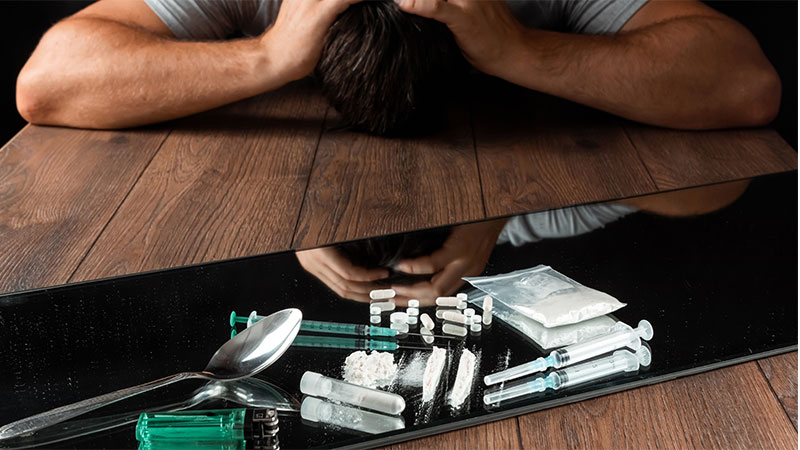
Heroin FAQs
Below are some of the most frequently asked questions regarding heroin.
The Heights Treatment Editorial Guidelines
There is a vast amount of misinformation online especially as it relates to health & wellness. We have made it our mission at The Heights Treatment to provide accurate, medically sound content that has been medically reviewed by a doctorate level clinician so that you can trust the information contained within our website.

